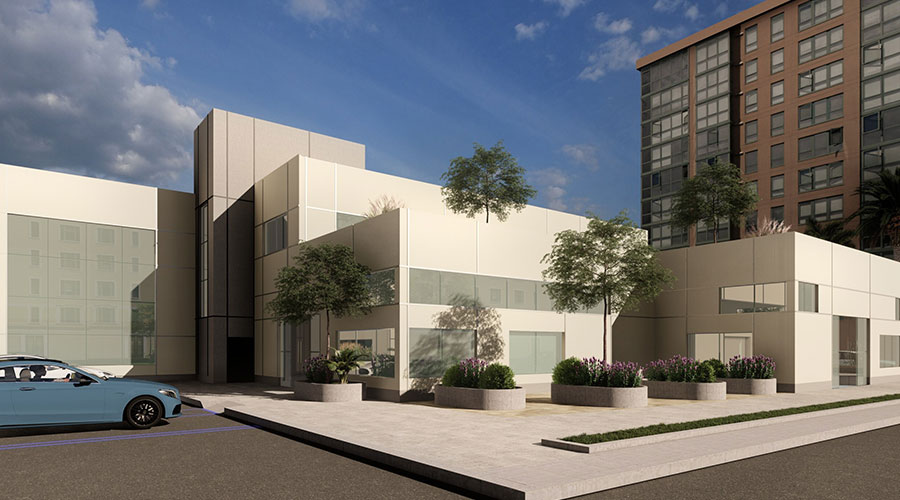Contract magazine's Interiors Awards recognizes interior design projects in a number of market segments Held since 1979, the juried program offer recognition of design by category. The competition is judged by design industry leaders. The winners of the 35th annual awards were announced January 24.
The "Healthcare: Large" category was won by the Kaleida Health Gates Vascular Institute and UB Clinical Translational Research Center project in Buffalo, N.Y.. The project was designed by Cannon Design.
“Advancing the notion of what healthcare can look like, the design pushes, but is restrained. The interior is closely related to the architecture, reinforcing a sense of place. The futuristic research floor is inspiring, and the design could literally help save a life,” according to the jury.
According to the article, the medical complex has removed the barriers between cardiology and neurosurgery, and between research, teaching, and clinical practice. Three institutions interact within nearly half-million-square-foot building designed by Yazdani Studio of Cannon Design.
Kaleida Health operates the Gates Vascular Institute (GVI) on the building’s first four floors; the University at Buffalo has located its Clinical and Translational Research Center (CTRC) on floors six through eight; and the Jacobs Institute, which specializes in bioengineering and the incubation of new businesses, is located on the fifth floor.
Fritted glass and baffles control the natural light from curtain walls that illuminate 75 percent of the interior. To achieve flexibility in the floor plan, the architects specified a module of 31.5-feet-square by 18-feet-high, which is ideal for laboratories and procedure rooms, and located the service core to one side, the article said. They created identifiable neighborhoods for each activity and participant, using shared zones as connectors, and defining patterns of circulation.
The interior design employs varied textures, as well as bold and subtle colors, to give every user a sense of identity, while striving for an overall feeling of unity. A three-story lobby provides a dramatic entry and a suspended wooden cube defines a warm, enclosed waiting area for family members.
Read the article.

 UF Health Hospitals Rely on Green Globes to Realize Their Full Potential
UF Health Hospitals Rely on Green Globes to Realize Their Full Potential How Healthcare Facilities Can Be Truly Disaster-Resilient
How Healthcare Facilities Can Be Truly Disaster-Resilient TriasMD Breaks Ground on DISC Surgery Center for San Fernando Valley
TriasMD Breaks Ground on DISC Surgery Center for San Fernando Valley Bigfork Valley Hospital Falls Victim to Data Breach
Bigfork Valley Hospital Falls Victim to Data Breach AI-Driven Facilities: Strategic Planning and Cost Management
AI-Driven Facilities: Strategic Planning and Cost Management